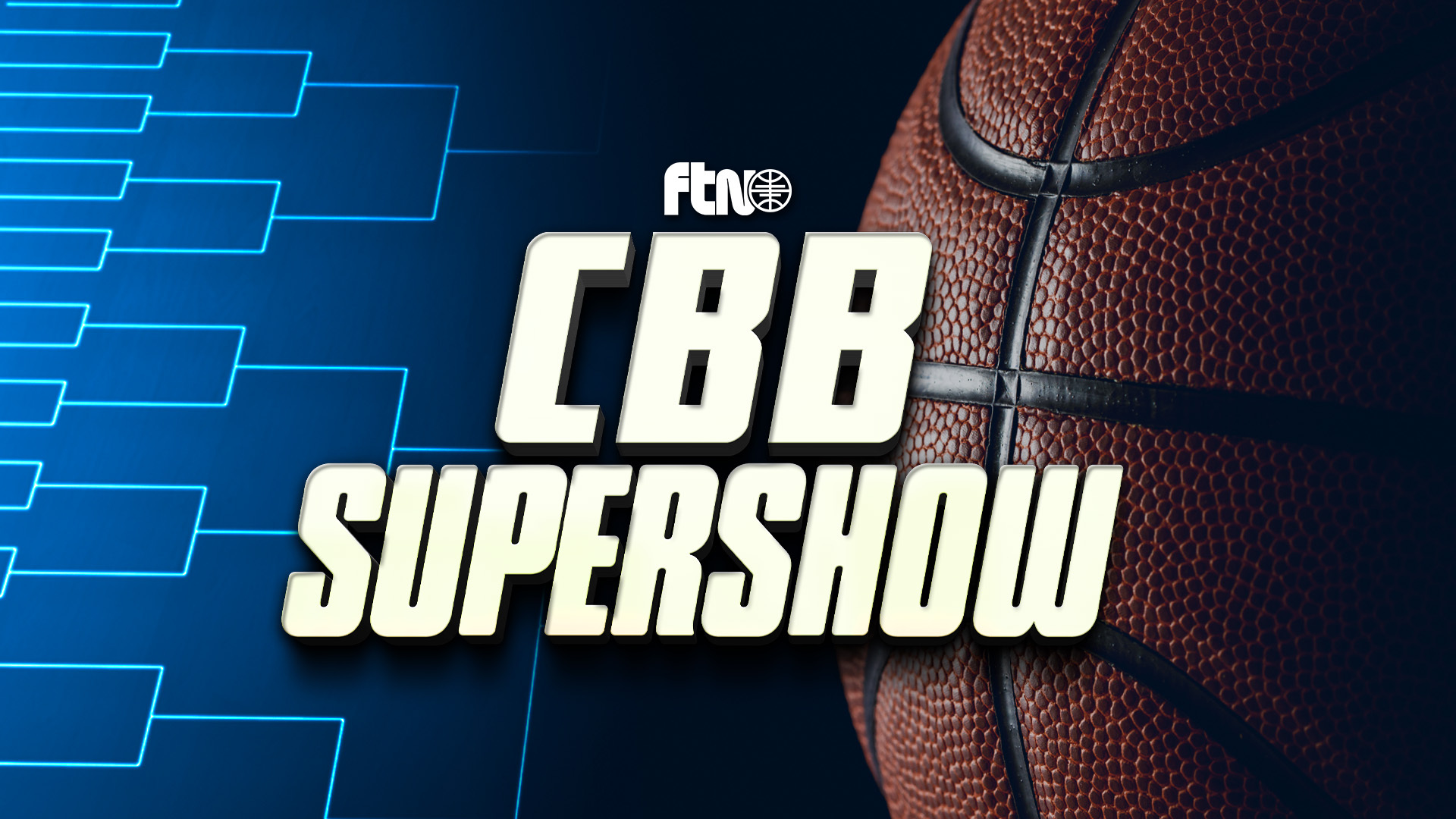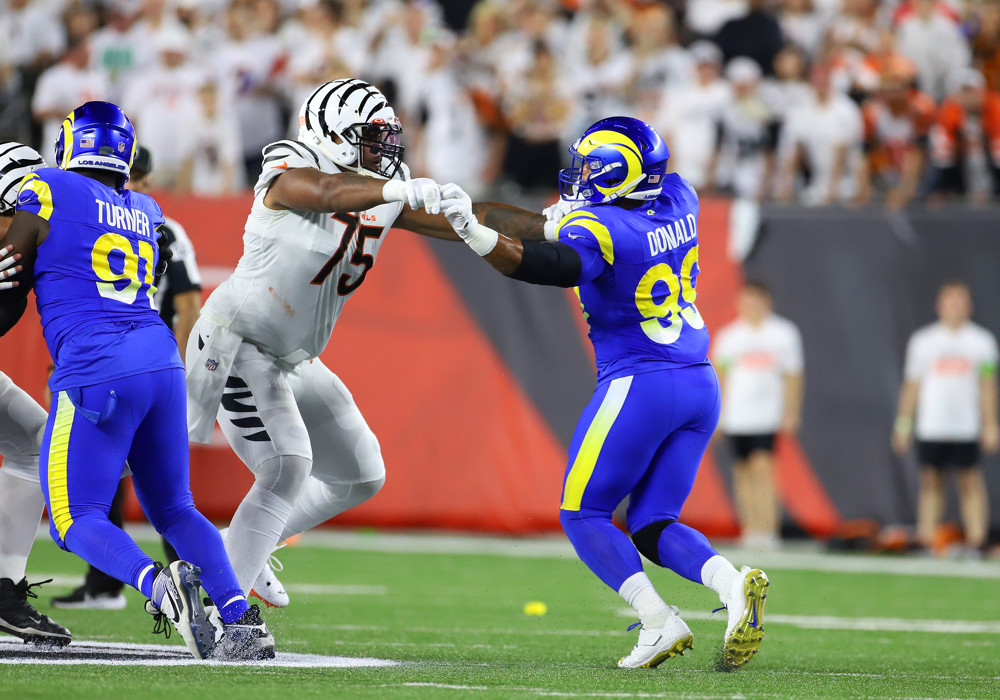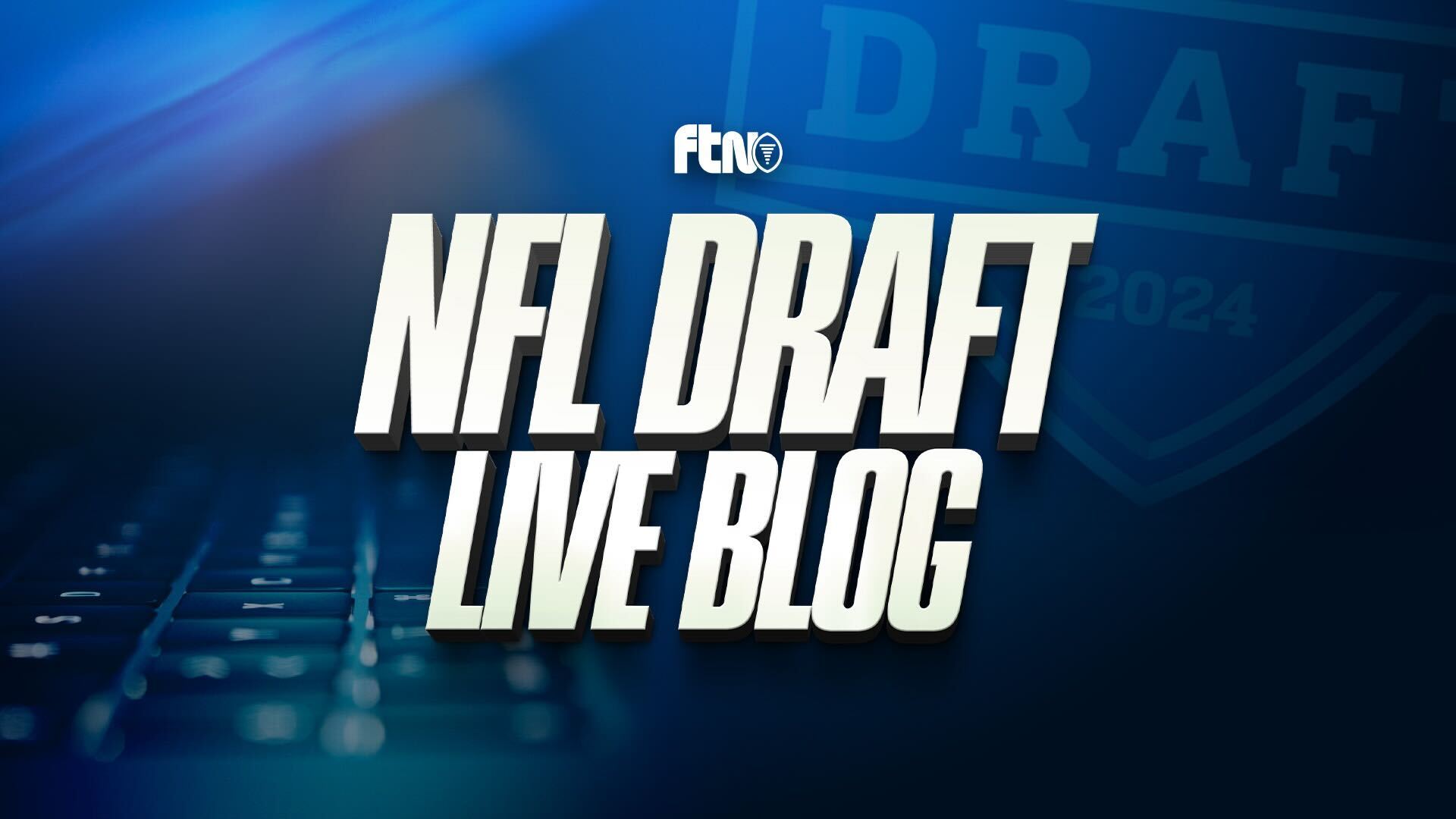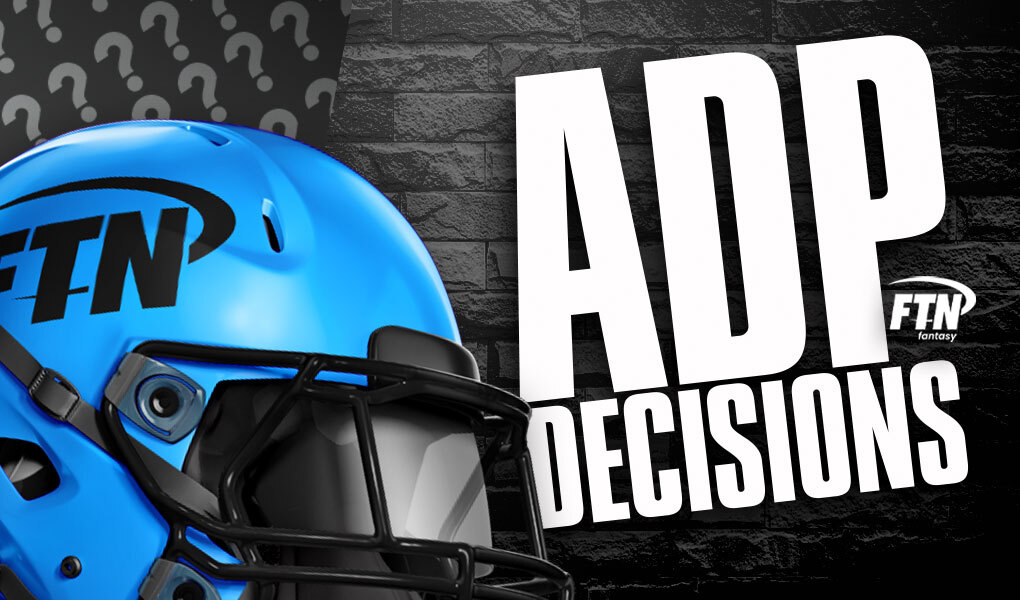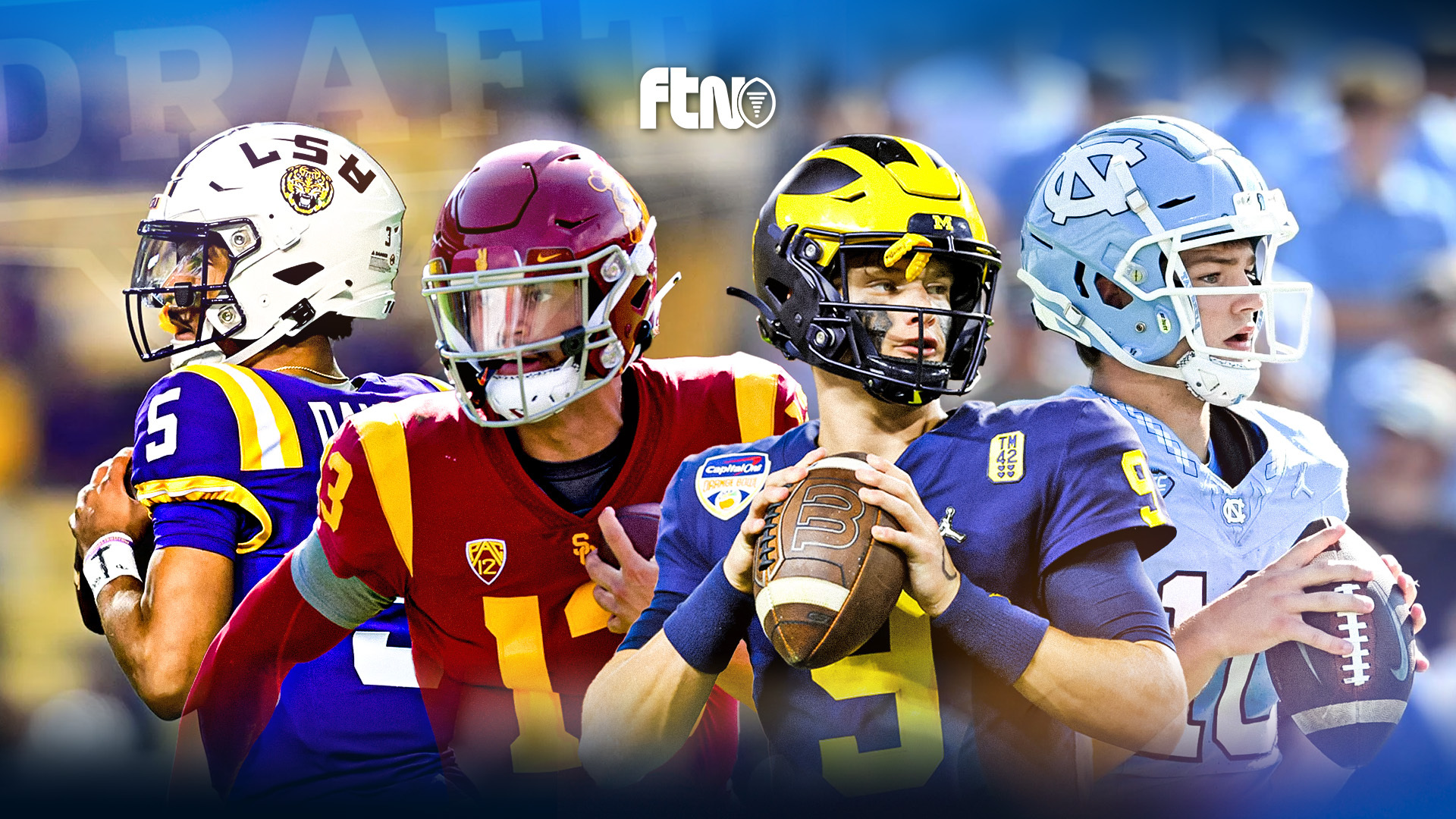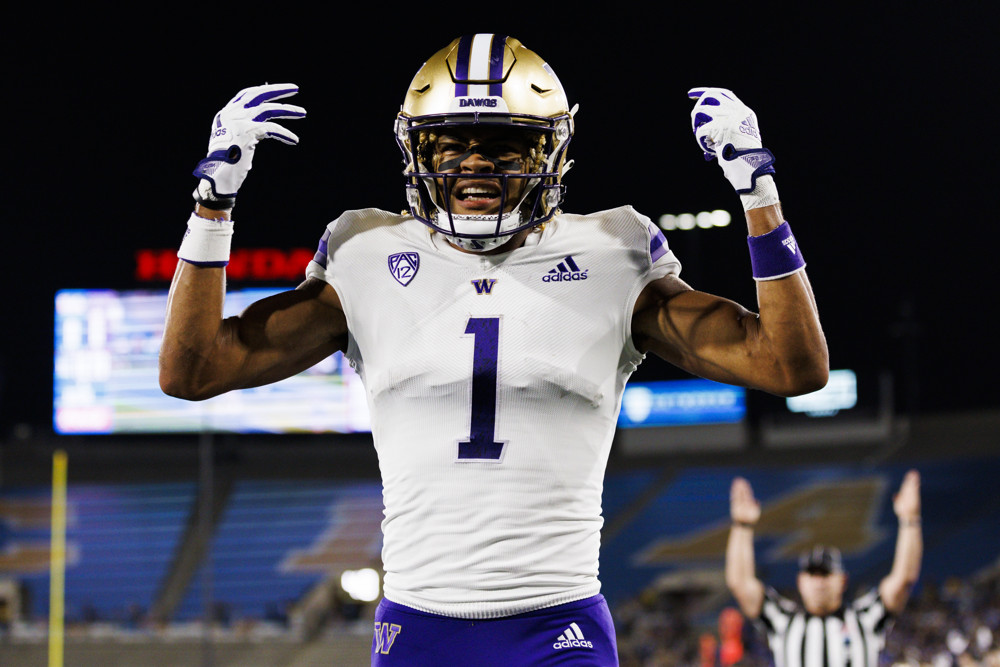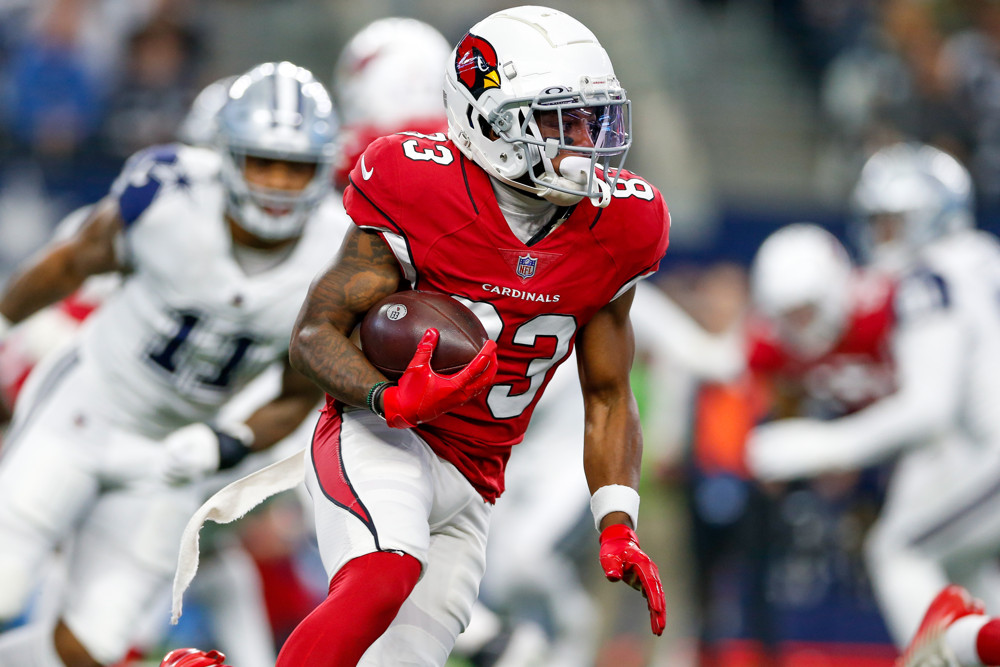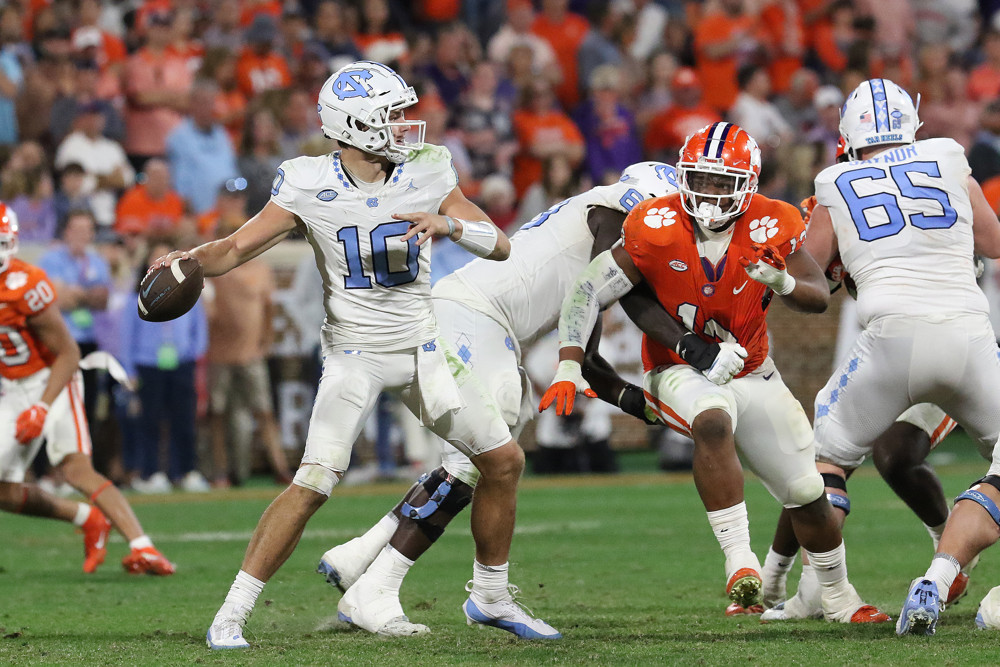
(All summer, Adam Pfeifer will be putting the tightest fantasy football picks under the microscope in our ADP Decisions series.)
A lot of fantasy football drafters have a specific approach when it comes to the tight end position: You either draft one of the top three players in Travis Kelce, Darren Waller or George Kittle, or you wait, wait and wait some more and hope a late-round pick is a breakout candidate. But what about the tight ends going off the board in the middle of drafts?
Both Mark Andrews and T.J. Hockenson are being drafted right around Round 5 in 2021 drafts (check out the FTN Fantasy ADP tool to check draft trends yourself), and if you are addressing the tight end position in that range, these two and Kyle Pitts are likely your targets. So, between Andrews and Hockenson, who should you be targeting?
You know the drill by now.

The case for Mark Andrews
Since breaking out in 2019, Andrews has asserted himself as one of the top tight ends in the NFL. Over the last two seasons, Andrews has scored 17 touchdowns, while finishing as a top-five tight end in half-PPR in both years. Because he plays in a run-first offense in Baltimore, volume isn’t always on his side, which means Andrews will need to find the end zone. And to his credit, he’s done just that. In 2020, Andrews finished fourth among tight ends in end zone targets with 11, converting five of those looks into scores. He also accounted for 27.3% of Baltimore’s targets from inside the 10-yard line, good for the 12th-highest rate among all pass-catchers.
Keep in mind that Andrews posted the numbers he did last year (58/701/7) while missing a pair of games — when on the field, he remained the clear top option in this passing attack. Per FTN’s advanced receiving stats, Andrews sported a 24% first-read share rate, good for the third-highest mark among all tight ends. Meanwhile, his 22.6% target share trailed only Waller and Kelce at the position. The Ravens did add Rashod Bateman and Sammy Watkins this offseason, which could hurt Andrews’ target numbers. But if Baltimore is honest about their intentions to throw the football more, that could help balance it out. That would certainly be nice for Andrews, who has ranked 19th and 25th among tight ends in routes run over the last two seasons. It is extremely unlikely he flirts with the top-10 in that department, even if the Ravens do see a small uptick in passing volume. This can certainly make him a bit touchdown-dependent in fantasy, as he was held under 60 receiving yards in seven games last season. He isn’t going to be a top-five tight end when it comes to receptions and yards, but touchdowns can be a massive difference maker, especially at this position. And while the Ravens have certainly added some pass-catchers this offseason, Andrews still figures to lead this team in end zone looks yet again.
The case for T.J. Hockenson
Like many rookie tight ends, Hockenson struggled in Year 1, hauling in 32 balls for 367 yards and two touchdowns. However, he bounced back in Year 2, posting a 67-723-6 line in 2020. Hockenson finished the year 10th among tight ends in routes (460), fifth in targets (96), fourth in receptions (67) and fifth in fantasy points. And that was in a season where the Lions actually still had some talent at wide receiver. Now it’s 2021 and Marvin Jones, Kenny Golladay and Danny Amendola are all gone, making Hockenson arguably the top target in this passing game. Between that and the fact that the Lions will likely be chasing points often this season, you can easily make the argument that Hockenson has as much upside for targets as any tight end in the league outside of Travis Kelce and Darren Waller.
Hockenson should also mesh well with new quarterback Jared Goff. We know Goff didn’t take shots down the field last season with the Rams and I don’t expect that to change in Detroit. Just 7.8% of Goff’s pass attempts last year were 20 yards or more down the field, while 50.7% of his pass attempts last year were of the short variety last year, a top-five rate in the league. Hockenson, meanwhile, wasn’t used down the field very much last year, ranking 26th among all tight ends in average depth of target (7.05), while only seeing four deep targets all season long, which ranked 24th at the position. A year after ranking sixth among tight ends in target share (17.9%), Hockenson has the potential to see an even higher number in Year 3.
Hockenson is certainly going to run more routes than Andrews, but with Jones and Golladay gone, the end zone targets could end up favoring him, too. He only saw two fewer end zone looks than Andrews last year and that was with Jones seeing eight. There is a chance that Andrews sees more high-upside targets than Hockenson but the overall volume won’t be there.

The verdict: T.J. Hockenson
If I didn’t give it away already, I’m leaning Hockenson here. Despite playing on a bad team, his trajectory is on the rise, while you could make the case that Andrews’ is (somewhat) on the downswing. Hockenson legitimately has a chance to see 120 targets and catch 75-80 passes, which is something only two tight ends did a season ago. Make no mistake — Andrews is in the better offense and will continue to play a huge role for the Ravens, especially from in close. But in games where both tight ends fail to find the end zone, I expect Hockenson to have a higher floor based off his volume, especially in PPR formats.












